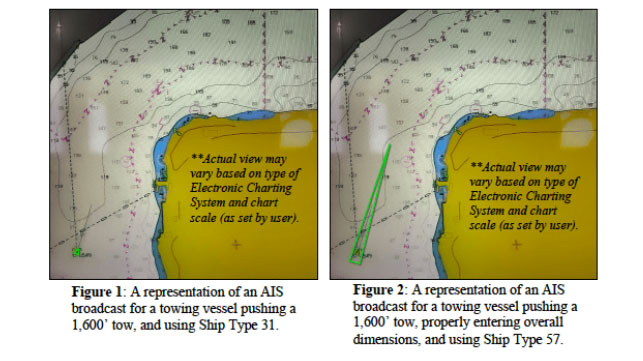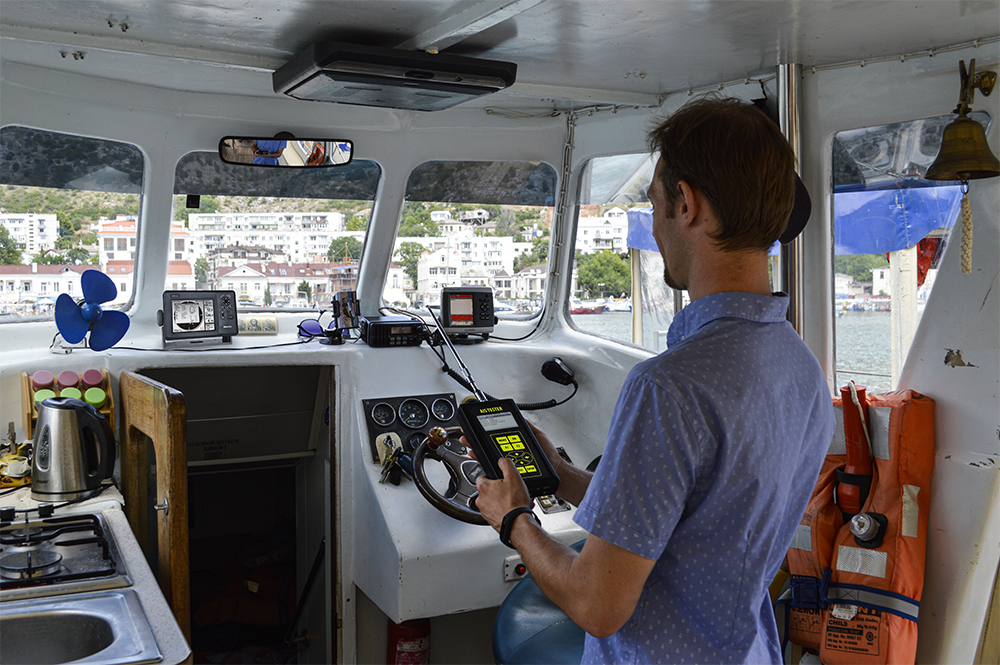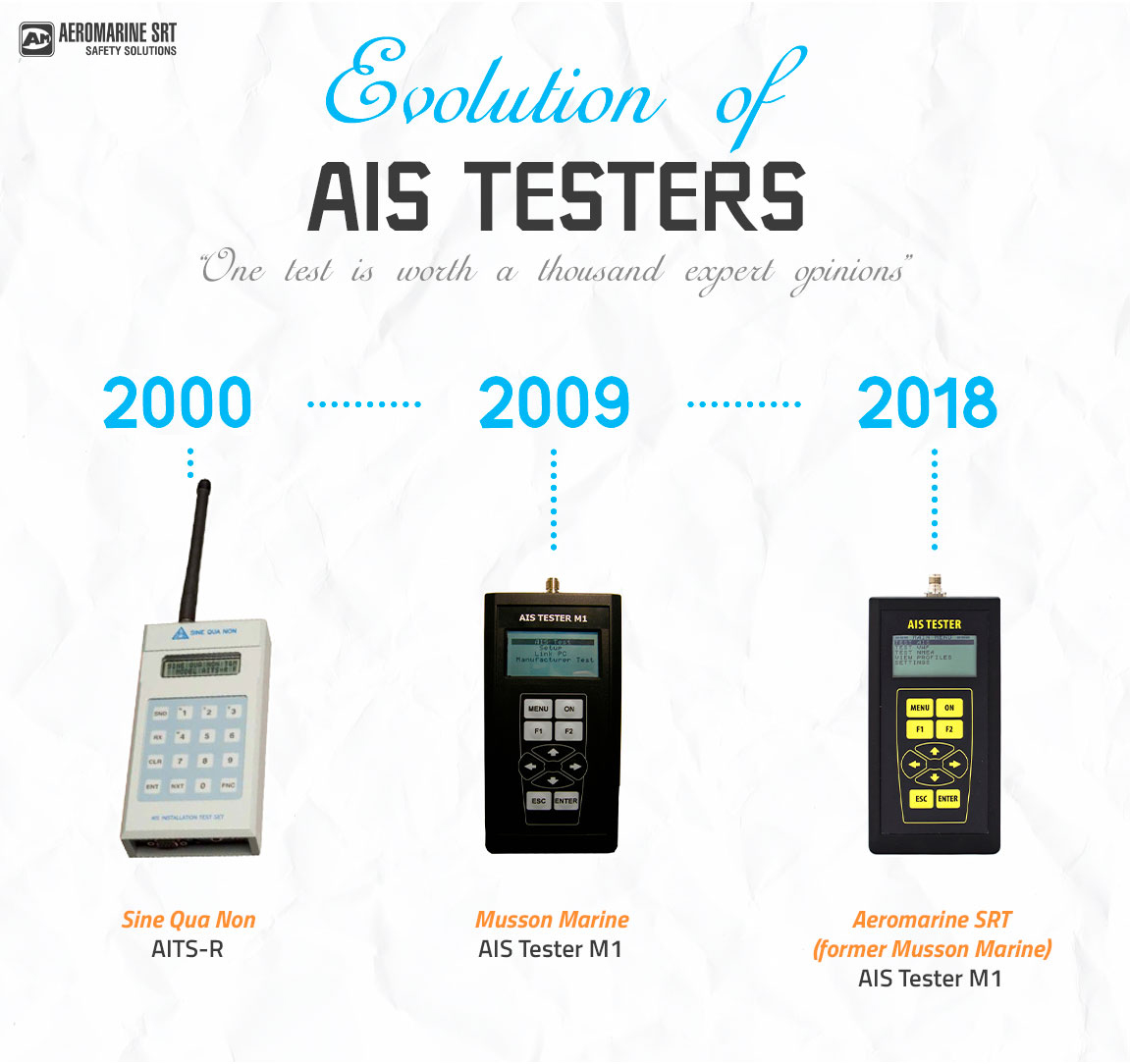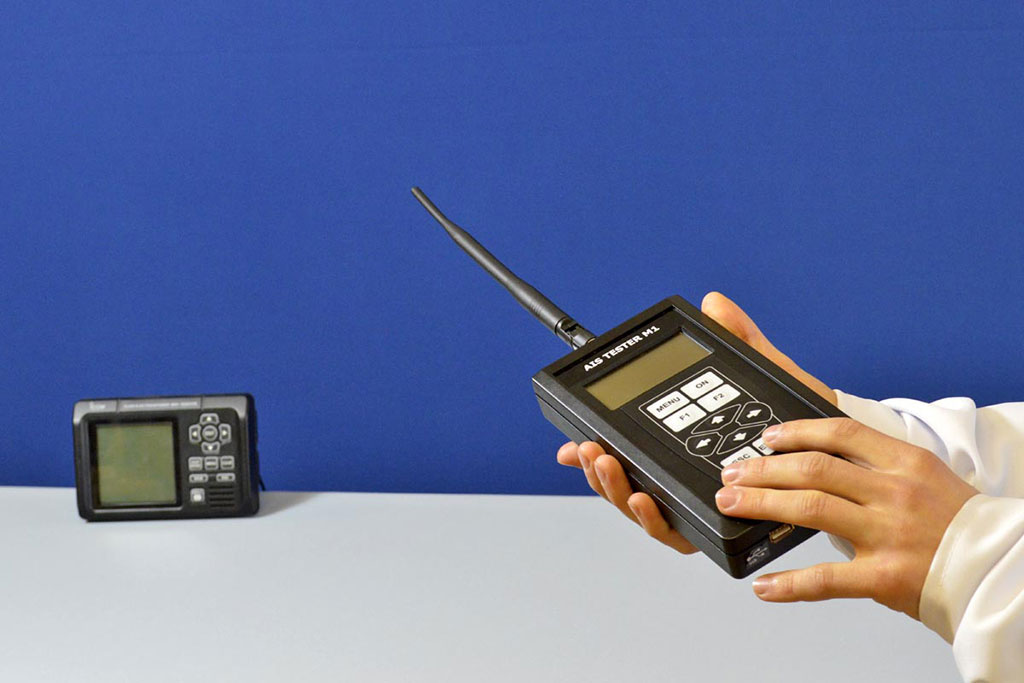Why proper AIS testing is so important?
An essential maritime safety tool Automatic Identification System (AIS) serves for exchange of real-time safety and navigation information between AIS equipped vessels within VHF range of each other. This information might be helpful for avoiding hazardous situations at the sea.
AIS transmits a bunch of static, voyage-related and dynamic data which should be encoded properly. It is essential for the accuracy of the information it exchanges.
An incorrect or even inconsiderate operation of safety equipment may lead to the accidents like what happened on Mississippi River near New Orleans in January, 2020
Just before the sunrise two vessels were approaching a bend near Luling, Louisiana. The towing tug Cooperative Spirit was heading upriver with a tow of 40 barges, while the pusher tug RC Creppelwas going downstream with a pair of barges loaded with sulfuric acid. After the vessels passed the bend they collided right after the turn. Following the collision Creppel capsized and sank. From the four crew members on Creppel only one survived, the other three were never found. The accident also caused a minor sulphuric acid vapour emission from one of the Creppel’s barges. The river traffic was restricted for 67 hours while rescue services were searching for the survivors without success.
According to U.S. Coast Guard the reason of this accident became incorrect AIS data setup. In particular instead of the full size of the barge tow both vessels were transmitting just the size of the vessel itself.
The AIS of Creppel broadcasted its length at 22 m (the size of ship itself), but the total length of the vessel with two-barge tow was more than 200 m. In the meantime Cooperative Spirit’s AIS transmitted the length at 61 m, but the full length of the vessel and the 40-barge tow was 488 m. As a result the operators were unaware of the actual situation.

Illustration of the ECDIS symbology resulting from improper (left) and proper (right) AIS setup for towboat pushing ahead (USCG)
The investigation is still in progress however the USCG appealed to seafaring community with a reminder about importance of proper AIS usage. The system won’t be helpful if it displays wrong data to other ships especially when the vessels are not able to see each other until it’s too late.
The AIS correct operation is a long-standing problem in US waterways. According to the Coast Guard in June 2018 more than a half of towing vessels in USA were transmitting wrong AIS dataincluding incorrect dimensions and MMSI number.
U.S regulations in effect do not demand a qualified inspection of AIS because AIS is not a part of the GMDSS. Consequently, it is not part of the GMDSS annual inspection. At the same time the annual qualified inspection of AIS is obligatory for SOLAS ships. IMO Circ.1252 requires that “the annual testing should be carried out by a qualified radio inspector authorized by the administration or a recognized organization”. The inspector is also required to have an appropriate AIS testing equipment.

The American authorities just recommend that inspection should be done by a technician holding a General Radiotelephone Operator License or a Global Maritime Distress Safety System (GMDSS). Though Radio Maintainer License Inspectors usually involve AIS in their annual GMDSS inspections because it is also an annual requirement.
The international maritime safety rules are developed by IMO and adopted by national authorities to increase the said safety at the sea. But they will not work if they are not implemented.
That’s why the problem of AIS operation in USA is very disturbing. The effectiveness of this valuable tool is compromised by misusage. The AIS should be inspected and operated by the trained professionals in accordance with international standards.
Meanwhile U.S. Cost Guard and GMDSS Task Force make everything possible to increase seafaring safety. In order to assist AIS users the USCG has issued a simple AIS Encoding Guide and self-checklist. The NAVCEN also offers the Vessel Information Verification Service (VIVS). It’s a web-tool which allows AIS users to find any inconsistency in AIS static data.
For more info about AIS and its annual testing requirements read in our previous publications.




Why proper URL testing is so important?
It avoids annoying 404 error messages, and keeps the article with its initial quality.
The VIVS has moved:
https://www.navcen.uscg.gov/ais-vivs-home
https://www.navcen.uscg.gov/ais-vessel-information-verification-service
Not need to publish the comment, feel free to update the article without this comment otherwise people won't know if it has been updated, or not.